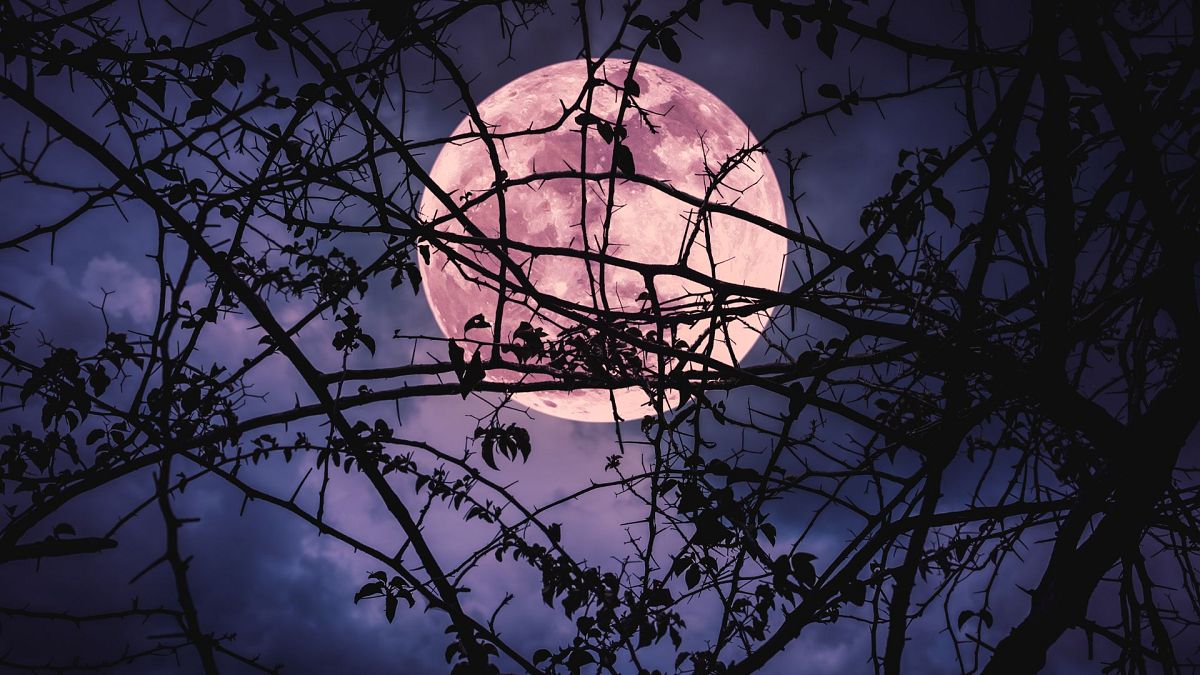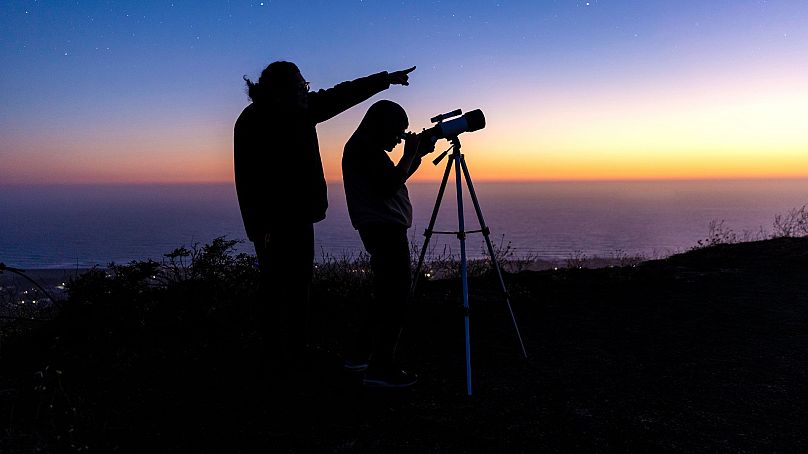Attention all lunar enthusiasts! Not one, but two magnificent supermoon spectacles will be gracing the night sky this August. Here's your guide on the best way to see them.
Stargazers are in for a treat this August as they will witness not one, but two wonderful spectacles with the expected appearance of two supermoons.
So what makes a moon so super?
Well the lunar phenomenon occurs when a full moon is near its closest point to Earth, causing it to appear up to 14% larger and 30% brighter compared to when it is at its farthest distance.
The first supermoon will grace the night sky tonight (1 August), and another one will follow on 30 August - an event even closer to Earth and technically known as a "blue moon."
"This is a good opportunity to use a small telescope or a pair of binoculars to see the Moon's detailed surface, or even try taking a few interesting moon photos", suggests the Royal Museum Greenwich.
Tonight, the Moon will be approximately 222,000 miles away from Earth, in contrast to its farthest point of 252,000 miles from the planet.
How's best to see the supermoon this evening?
To have the best view of the supermoon this evening, it is advisable to seek areas with darker skies and limited light pollution.
For people in the UK, Go Stargazing offers an excellent list of recommended spots on its website where you can journey to witness the supermoon in all its crystal-clear glory.
As the Royal Museum Greenwich reveals, "As long as there’s not too much cloud, the full Moon will be an unmistakable white orb in the sky."
For those residing in Europe, the supermoon will be visible after sunset, as the sky darkens.
As for those in the United States, the supermoon will reach its peak at 2:32 PM ET.
What is a "blue moon" and how often do they occur?
A "blue moon" is a term used to describe a rare occurrence when there are two full moons within the span of a calendar month.
Generally, a calendar month has only one full moon. However, due to the lunar cycle's average duration of about 29.5 days, there are instances when two full moons happen to fall within the same month.
According to Gianluca Masi, an Italian astronomer and founder of the Virtual Telescope Project, the last instance of two full supermoons appearing in the same month was in 2018.
This phenomenon is not expected to happen again until 2037, hence the popular expression "once in a blue moon."
Happy supermoon hunting!




